Is There a Place in Publishing for Realistic Fiction About Middle School? A guest post by Hillary Frank
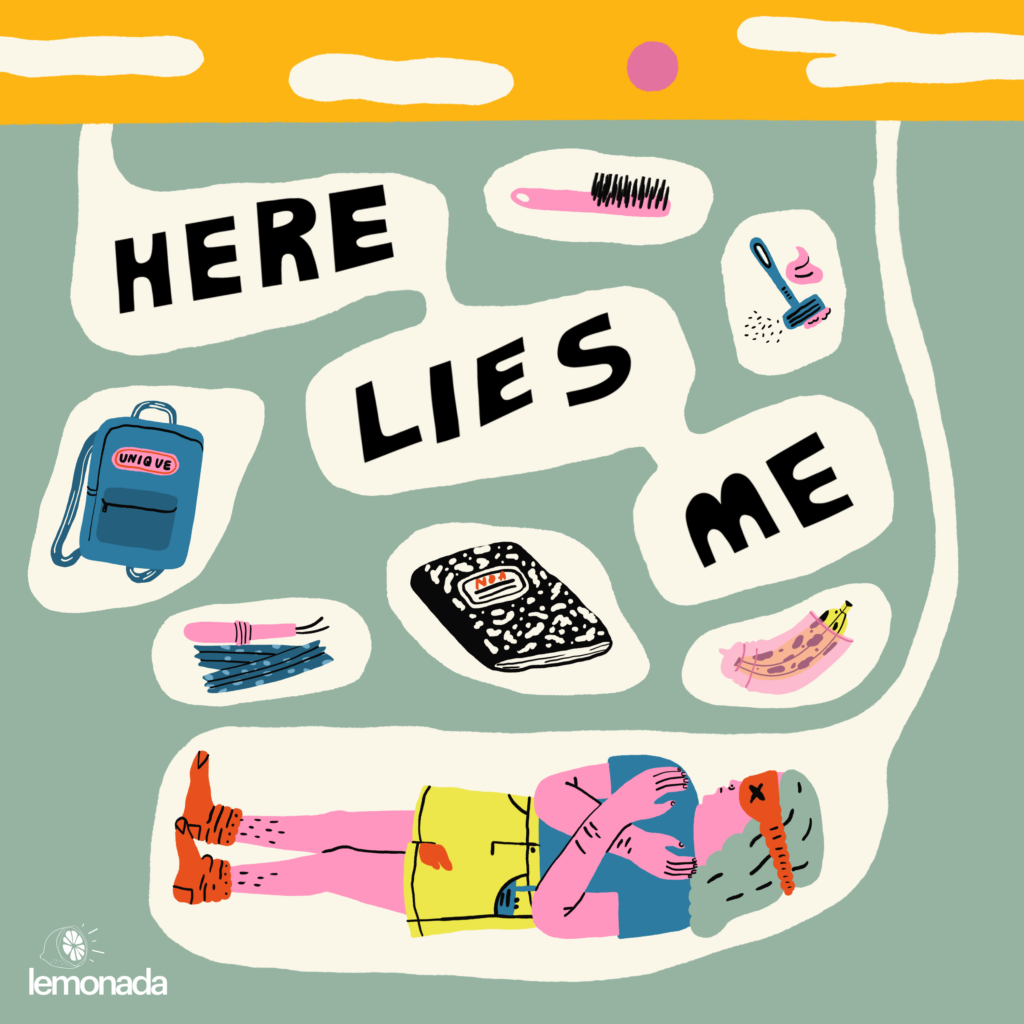
When I sold my first novel in 1999 and my editor told me she wanted to publish it as YA, I was confused. Why would we limit our audience to teens? Better Than Running at Night was about a college freshman; I was a recent college grad. I figured I was writing a book for people my age.
Once the book was published, though, I discovered how rewarding it is to write for teens. For one thing, you can’t beat their fan mail. I received passionate letters from kids saying that Better Than Running at Night made them feel seen, that it changed their lives. Helped them get out of emotionally abusive relationships. One girl told me the book meant so much to her that she stole it from her library! I loved visiting schools, doing writing workshops, and hearing kids tell their own powerful and surprising stories about growing up. I fully embraced the YA label and published two more novels geared toward older teens.
ADVERTISEMENT
ADVERTISEMENT

But then I hit a roadblock. My fourth book idea was about middle school — which, according to traditional publishing, would classify it as middle grade.
The problem was, I wanted to write about real middle school. The middle school that I remembered. The middle school that I never saw reflected in novels when I was a kid. I wanted to write about cliques and bullying. Slut-shaming and prude-shaming. Intense schoolyard debates about sex acts. I wanted to write about periods and body changes and how those body changes often come with unwanted attention from creepy boys — and, worse, creepy men. I wanted to write about how entering adulthood felt like a sort of death. A sudden permanent goodbye to your childhood self. I wanted to write about all of this stuff using the real language that twelve and thirteen-year-olds use — and let’s be honest, that includes cursing.
Here Lies Me would capture the brutality of middle school. It would help kids who felt isolated — and, perhaps like me, found it difficult to relate to books that softened the edges of adolescence. It would give those kids hope that despite how bleak middle school can feel, it’s still possible to find your voice and to find friends.
When I pitched the book to my agent, 15 years ago now, he said that if I wanted to write a story this dark I would need to age the characters up to high school so that it could be classified as YA. I liked the idea of the book being classified as YA but I didn’t want to age the characters up. The whole point of this project was to talk about the realities of middle school. So I set Here Lies Me aside. In fact, I set book-writing aside entirely.
And I was left wondering: If realistic fiction about middle school can’t be for adults and it can’t be for kids, where does it belong? Is the answer really nowhere?
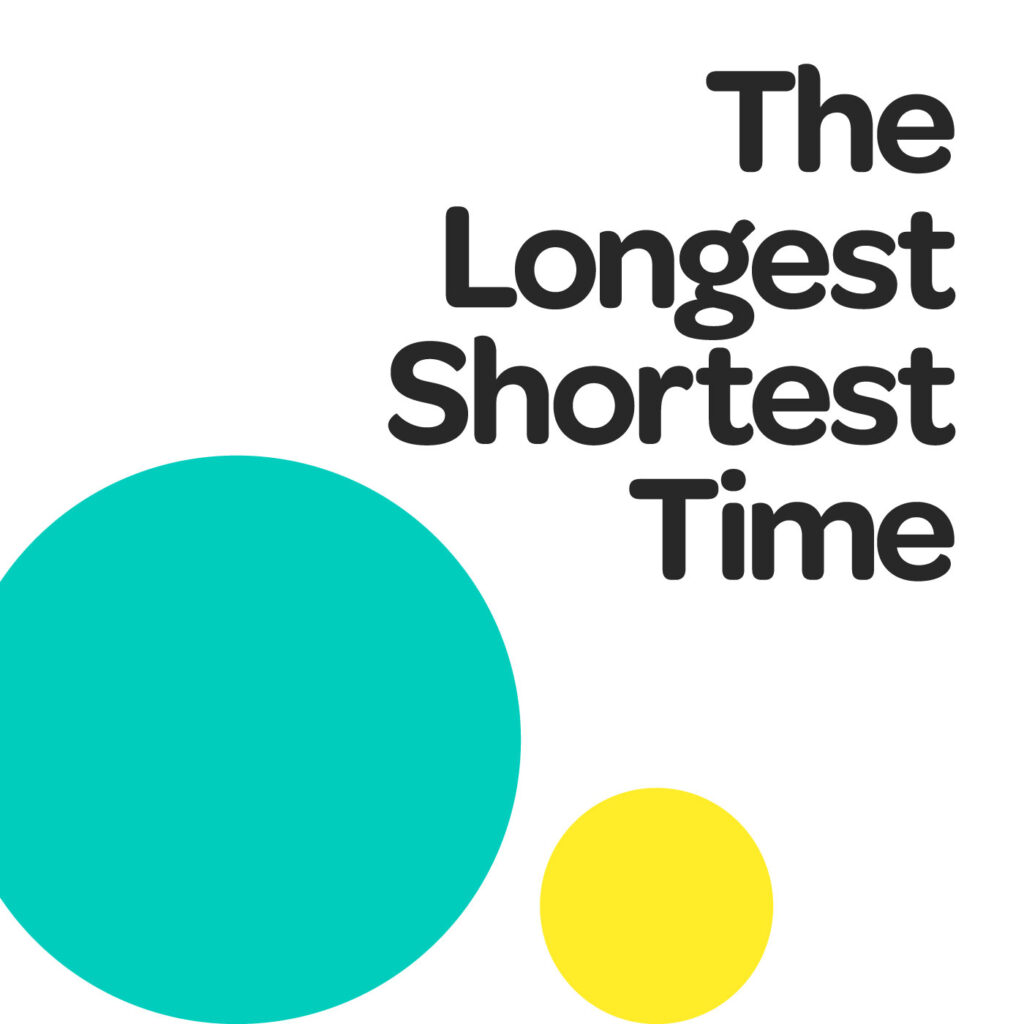
It took me around twelve years to realize that maybe Here Lies Me did belong somewhere, and that somewhere was podcasting. I had spent the last couple of decades working in audio — first freelancing for public radio shows like This American Life, Studio360, and Marketplace, then launching my own podcast, The Longest Shortest Time. With Longest Shortest, I became one of the first people to make a living in podcasting. The show was about parenthood but made for a general audience. Early on, when I was shopping the show around, gatekeepers in the industry questioned the concept. They saw parenthood as a niche topic that would appeal only to parents of young children. But Longest Shortest grew quickly and developed a diverse and highly engaged audience that included many non-parents. Listeners without kids told me the show helped them to understand their own parents better and to relate to their friends who had kids. Over the nine years that the show ran, I covered everything from transgender pregnancy to discrimination against mothers in the workplace to a grown man asking his mom for the truth about her sex life. People didn’t tune in to Longest Shortest for parenting content; they tuned in for compelling stories.

I was able to make a boundary-breaking show like Longest Shortest because unlike the book world, podcasting has no rules. Sure, a lot of podcasts sound the same. But you really do have the freedom to try anything. And the categories are broad. You want to know how fiction gets divvied up in the podcast charts? It doesn’t! It’s all just housed under “fiction.” As a creator, you can interpret “fiction” any way you’d like. So far, most people have interpreted it to mean “sci-fi” or “horror.” But I decided to interpret it as “weird, dark dramedy about middle school.” In 2019, I got a residency to develop the pilot for Here Lies Me — and in 2021 I partnered with Lemonada Media to bring the show to life.
Lemonada was excited to support me in my mission: to make the first realistic fiction podcast about middle school — and to make that show appeal to both teens and adults. Here Lies Me launched in November and it sounds pretty different from other fiction podcasts. Our main characters are not played by celebrities; they’re teens who missed out on their performance programs due to the pandemic. Our sound design isn’t canned; it’s custom. The entire show is scored with drumming by my eleven-year-old daughter who coincidentally started middle school this year. And yes, there is cursing and an intense schoolyard dispute about sex acts. (The show is marked as explicit in podcast apps and begins with a mature content warning.)
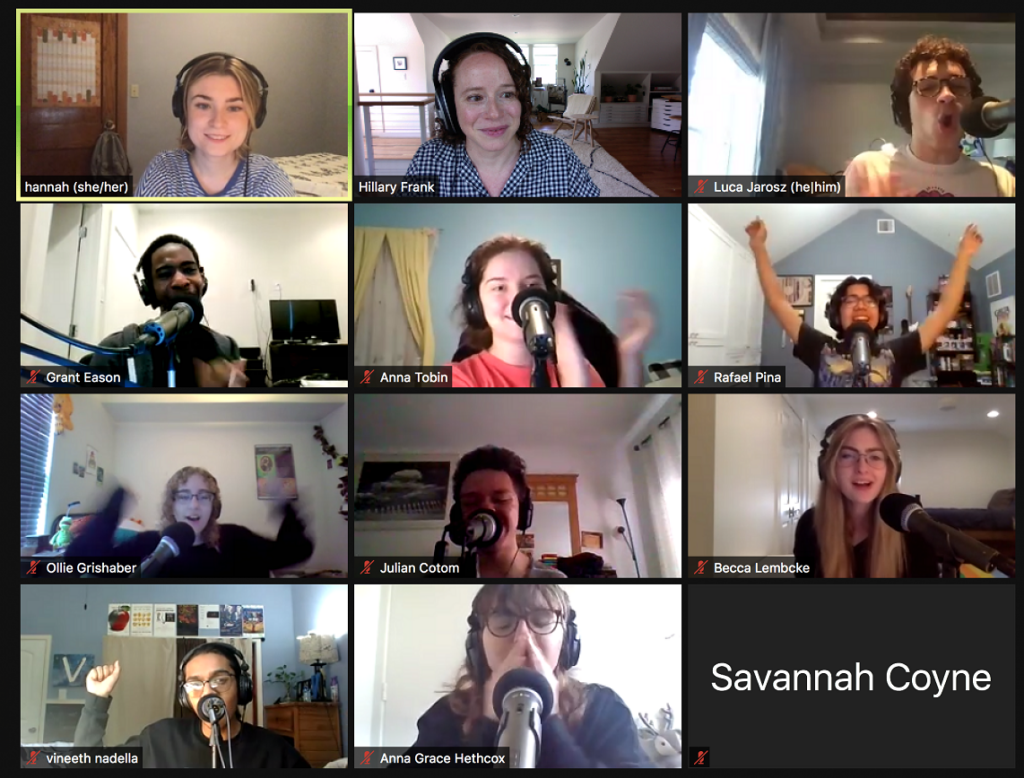
ADVERTISEMENT
ADVERTISEMENT
In retrospect, I’m glad that I waited to write Here Lies Me. Designing the story for audio forced me to innovate in ways that I may not have in print. Waiting also allowed time for TV shows like Big Mouth and PEN15 and the film Eighth Grade to pave the way for mature content about middle school. And then there was #MeToo. From the beginning, Here Lies Me was primarily about a girl trying to get a boy with an unrequited crush to stop bothering her. But the #MeToo movement gave me the word for this flavor of bothering: harassment. Once I had that word, I finally understood that the story I wanted to tell was about what harassment looks like in middle school and what happens when the harasser becomes a victim. I think it’s essential to talk about harassment in middle school because I believe that middle school is where harassment begins in earnest. My intent with this show is to encourage conversations about how we might address harassment in middle school, and to potentially stop future incidents of harassment, assault, and domestic abuse by reaching kids when they’re still young enough to be receptive to grown-ups. In order for a story to have that sort of cross-generational influence, it must appeal to both teens and adults.
I still would love to make a book version of Here Lies Me. A graphic novel is my dream — an experience as immersive for the eyes as the podcast is for the ears. But now, fifteen years after I shelved Here Lies Me, I still encounter people in the publishing industry asking where a book like this could possibly belong. I’m hearing that it’s too dark for kids… but that adults don’t want to read about kids. Well, why not? Why can’t kids read about what’s really happening in their lives? Why can we only expect them to read up and not about characters that are their actual age or slightly younger? Why shouldn’t adults read about stuff that happened in their childhood? Doesn’t reading help us to process past traumas? A few weeks ago, I received an Instagram message from a therapist who told me that she’s using Here Lies Me as a “soul balm” to help her clients process their own middle school experiences before their children enter middle school — and I also got a five-star Apple Podcasts review from an eighth grader praising the show because it “LITERALLY SEEMS SO REAL.”
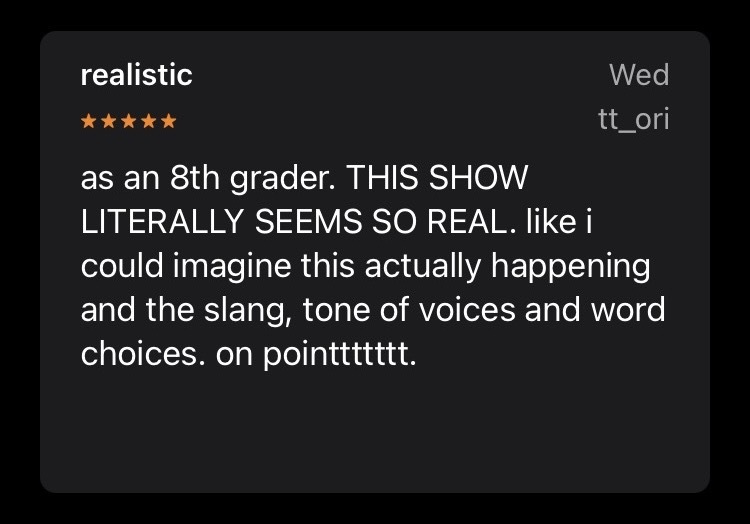
Is there a place in publishing for literally real-seeming books about middle school? I hope so. Because otherwise the medium is missing out on a new category of powerful storytelling that the entertainment industry and podcasting have welcomed.
Meet the author

Hillary Frank is the creator of The Longest Shortest Time, an award-winning podcast about the surprises and absurdities of raising other humans — and Here Lies Me, a fiction podcast about harassment in middle school. She is also the author and illustrator of three young adult novels. Her latest book is Weird Parenting Wins: Bathtub Dining, Family Screams, and Other Hacks from the Parenting Trenches. Hillary got her start in radio on This American Life with a story recorded entirely on a shiny red boombox and a microcassette answering machine.
Website: https://www.hillaryfrank.com/
Twitter: https://twitter.com/hillaryfrank
Instagram: https://www.instagram.com/thisishillaryfrank/
Listen and subscribe to Here Lies Me: https://link.chtbl.com/HereLiesMe?sid=toolkit
Filed under: Uncategorized
About Amanda MacGregor
Amanda MacGregor works in an elementary library, loves dogs, and can be found on Twitter @CiteSomething.
ADVERTISEMENT
ADVERTISEMENT
SLJ Blog Network
Name That LEGO Book Cover! (#53)
Cover Reveal and Q&A: The One and Only Googoosh with Azadeh Westergaard
K is in Trouble | Review
Fighting Public School Book Bans with the Civil Rights Act
ADVERTISEMENT

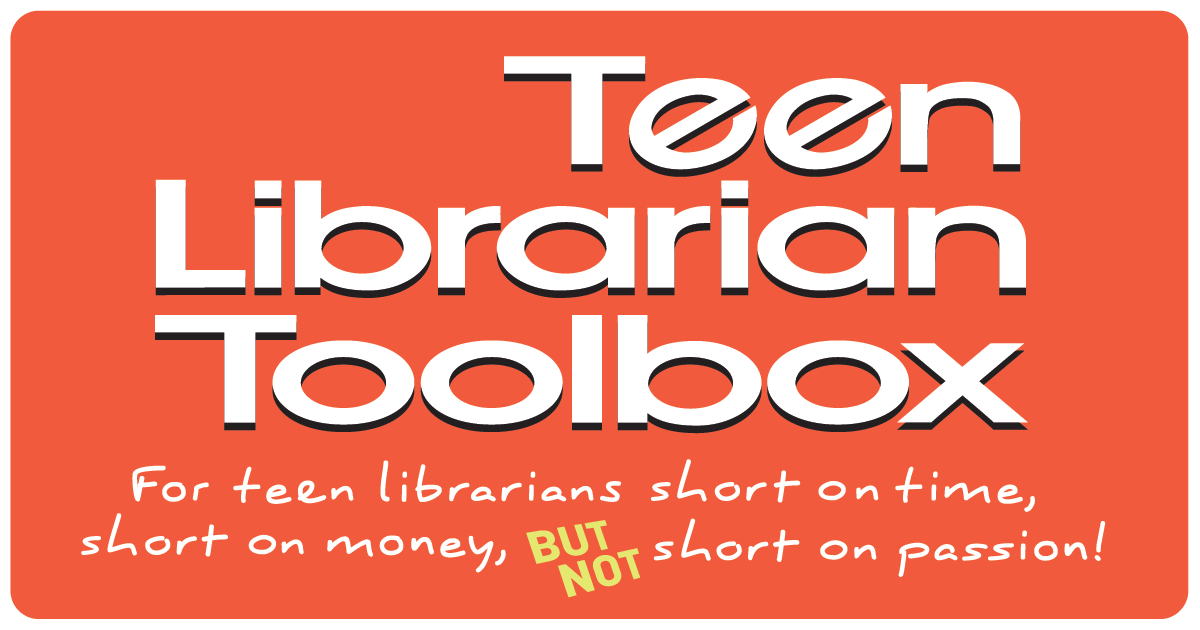

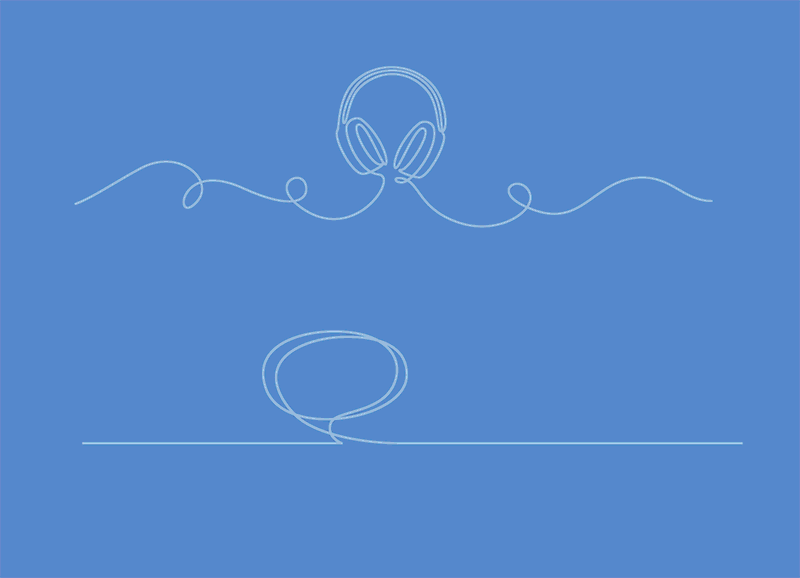
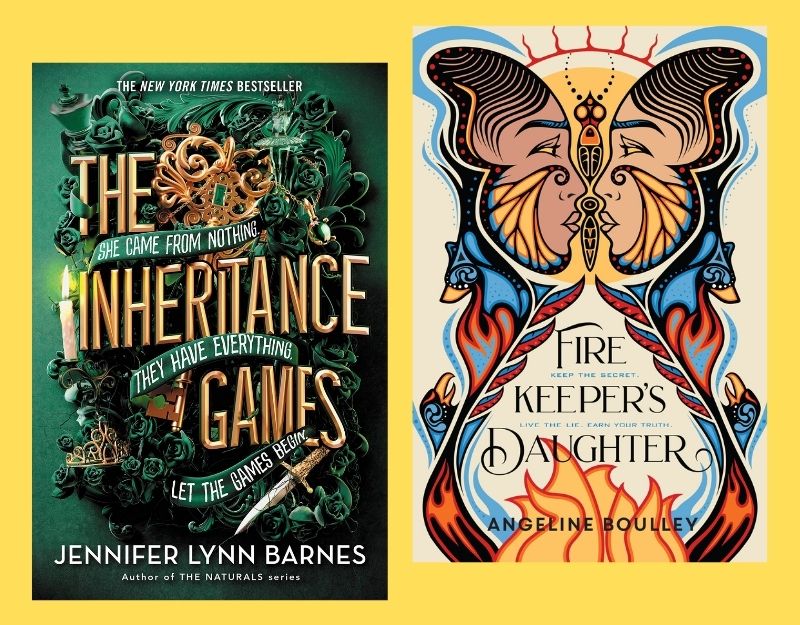
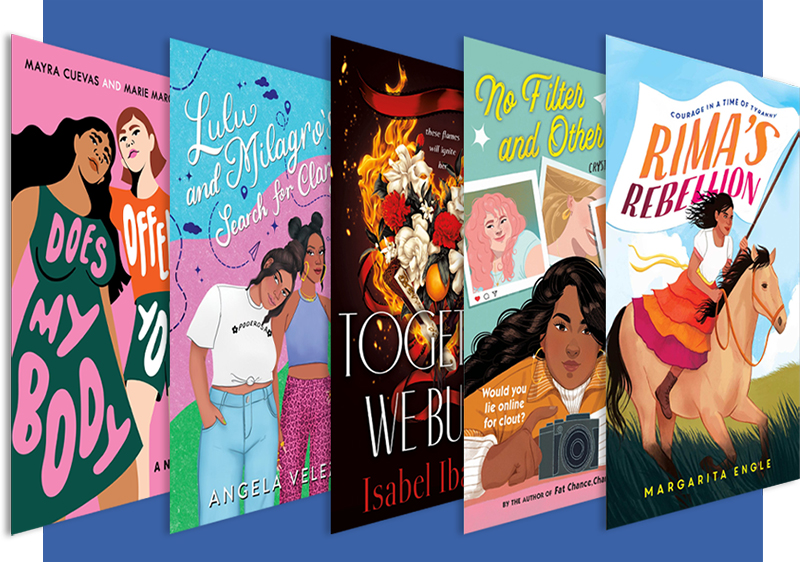
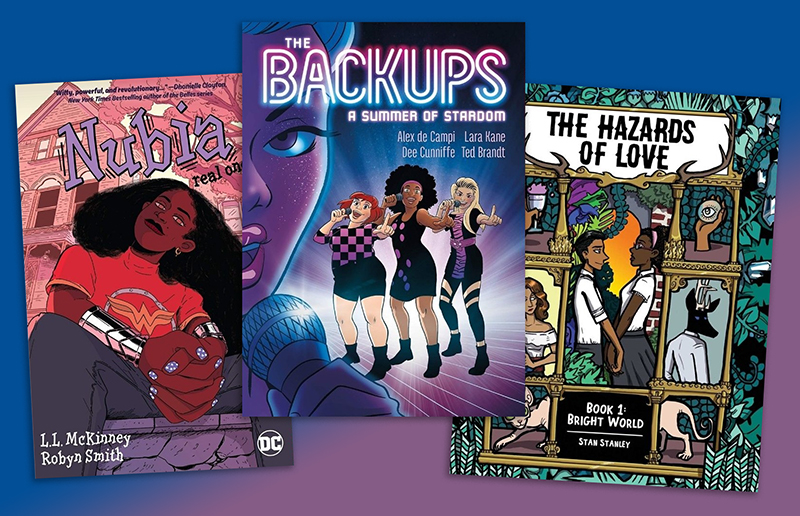
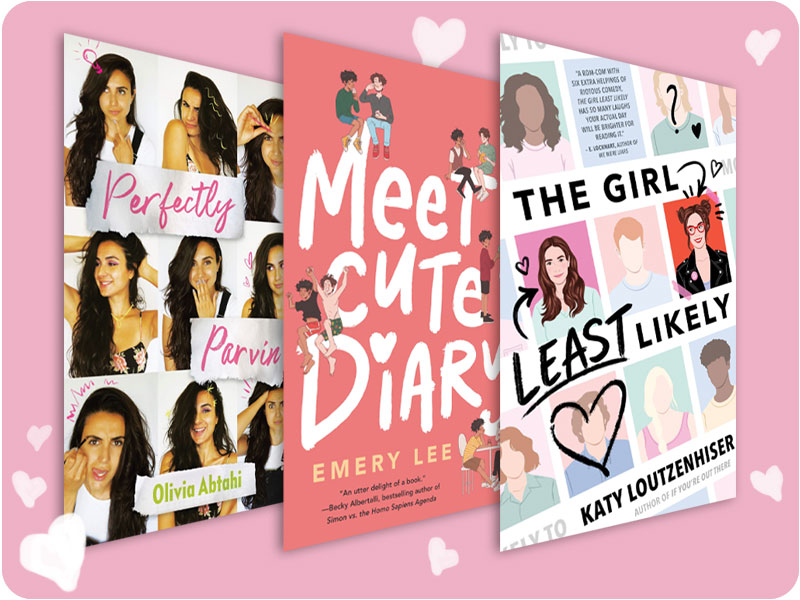
We need more REAL books about middle school. Middle Grade is a made up thing – it doesn’t really mean anything. Upper elementary? Maybe, but even that doesn’t make logical sense. But a 4th grader and a 7th grader are to totally different people with different interests and concerns. Middle schools are unique places where people are at a unique places in their lives. Can a middle schooler enjoy a book that a 3rd or 4th grader would like? Sure! And that’s fantastic! But having realistic fiction about real middle school experiences is definitely missing in publishing today. I think publishers would be happily surprised if authors were given a chance to write specifically for this group.